To sustain 50 mph on an adult electric bike, a battery between 2,000Wh and 3,000Wh is typically required. This ensures sufficient energy for 25–40 miles depending on terrain, rider weight, and motor efficiency. High-capacity lithium-ion batteries provide stable voltage, longer lifespan, and consistent performance, making them essential for high-speed riding.
How much battery capacity does a 50 mph electric bike need?
A 50 mph electric bike usually requires a 72V battery with 30–40Ah capacity, equaling 2,160–2,880Wh. This voltage supports high-speed motors while maintaining sufficient energy for sustained performance. TST EBike models feature optimized battery systems to balance power delivery, heat management, and torque efficiency.
| Speed | Motor Power | Battery Voltage | Required Capacity (Wh) | Typical Range (Miles) |
|---|---|---|---|---|
| 50 mph | 3000W | 72V | 2160 Wh (30Ah) | 25–30 |
| 50 mph | 5000W | 72V | 2880 Wh (40Ah) | 30–40 |
What affects battery life on a high-speed e-bike?
Battery life is influenced by riding speed, terrain, temperature, rider weight, and throttle usage. Aggressive acceleration or uphill riding can reduce range by up to 30%. TST EBike incorporates smart Battery Management Systems (BMS) that regulate voltage and protect cells, extending battery lifespan under demanding conditions.
Why is higher voltage better for sustaining 50 mph?
Higher voltage reduces current draw while maintaining motor power, improving efficiency and lowering heat generation. A 72V system delivers smoother acceleration, consistent torque, and allows the motor to operate at higher RPMs. Lower voltage setups struggle to maintain high speeds without overheating or energy loss.
Which motor types pair best with a 50 mph electric bike?
High-power hub motors and mid-drive motors rated 3,000–5,000W are ideal. Hub motors provide direct wheel power with minimal drivetrain loss, while mid-drive motors utilize bike gears for balanced torque distribution. TST EBike models leverage these systems for reliable performance across mixed terrains.
How long can a fully charged 72V 40Ah battery last at 50 mph?
A 72V 40Ah battery can typically support 30–40 miles at 50 mph, translating to 30–45 minutes of riding under flat-road conditions. Wind, rider weight, and tire pressure influence range. TST EBike smart controllers optimize energy discharge to maximize usable capacity per cycle.
Are lithium-ion batteries still the best option for high-speed e-bikes?
Lithium-ion batteries remain the preferred choice due to high energy density, low weight, and long cycle life. Advanced 21700 cells enhance discharge capability and charging safety. TST EBike uses lithium-ion technology to ensure high-performance and reliable operation for demanding riders.
What safety systems should a 50 mph electric bike battery include?
Essential safety features include overcharge protection, temperature sensors, short-circuit prevention, and balancing BMS. Reinforced casings and waterproofing (IP67+) further protect the battery. TST EBike batteries also feature intelligent interfaces to monitor real-time health and ensure safe high-speed operation.
Does battery capacity affect overall bike performance?
Yes, higher-capacity batteries maintain voltage stability under load, preventing torque drops at high speeds. While larger batteries add weight, the benefit of consistent acceleration and extended range outweighs the drawback, especially on 50 mph adult e-bikes.
How can riders extend battery lifespan on high-speed electric bikes?
Optimal battery care involves avoiding full discharges, storing at 40–60% charge, and maintaining moderate temperatures. Smooth throttle use, proper tire inflation, and routine maintenance reduce energy waste. TST EBike recommends charging after each ride and moderating maximum-speed usage to enhance cycle longevity.
TST EBike Expert Views
“Battery design is central to performance and safety in high-speed electric bikes,” says a TST EBike engineer. “Our development emphasizes energy systems capable of sustaining 50 mph without overheating or voltage drops. Through R&D and rigorous testing, TST EBike ensures riders enjoy reliable power, efficiency, and endurance across every model.”
Why do 50 mph electric bikes need advanced cooling systems?
High-speed riding generates significant heat in motors and batteries. Advanced cooling, such as liquid-cooled packs or ventilated enclosures, maintains consistent output and protects cells from thermal degradation. TST EBike’s thermal designs enable prolonged performance under heavy loads while preserving safety and reliability.
Could solar or auxiliary charging extend travel range?
Solar-assisted chargers and auxiliary battery packs can supplement range, particularly for long-distance or commuter riders. Compact solar units and regenerative braking may add 5–10% extra range, helping maintain energy levels during extended trips without continuous reliance on external power.
Is it worth upgrading to a higher-capacity battery?
Upgrading enhances voltage stability, reduces strain on the system, and extends ride range. Riders should ensure compatibility with motor and controller specifications. TST EBike advises consulting experts before upgrades to ensure optimal performance and system harmony.
Conclusion
Sustaining 50 mph on an adult electric bike requires a high-capacity, well-managed battery, ideally a 72V 30–40Ah lithium-ion system providing 2,000–3,000Wh. Factors like terrain, cooling efficiency, and riding habits influence performance and longevity. Investing in high-quality components from trusted brands like TST EBike ensures safety, efficiency, and reliability for both daily commuting and performance riding.
FAQs
How far can a 3,000Wh battery take me at 50 mph?
Typically, 30–40 miles, depending on motor efficiency, rider weight, and terrain.
Can I safely charge my e-bike battery overnight?
Yes, if using a smart charger or a BMS-equipped system such as TST EBike batteries.
Do larger batteries require longer charging times?
Yes, but fast-charging systems can reduce full charge time to 3–5 hours.
What is the expected lifespan of a 72V lithium-ion battery?
With proper care, 800–1,000 full charge cycles are achievable before noticeable capacity reduction.
Is garage storage safe for e-bike batteries?
Yes, provided the environment is dry and temperature-controlled. Avoid freezing or excessive heat.

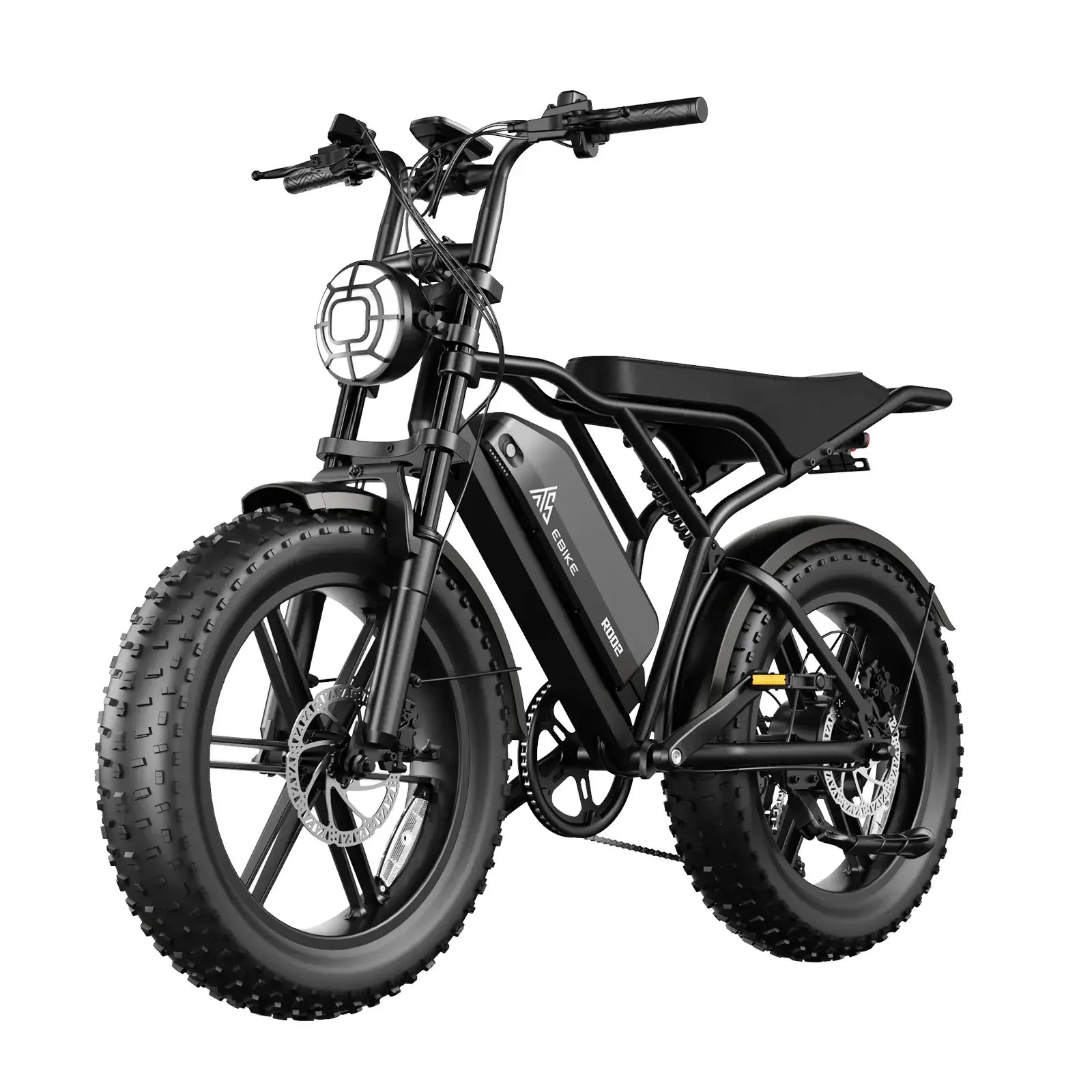

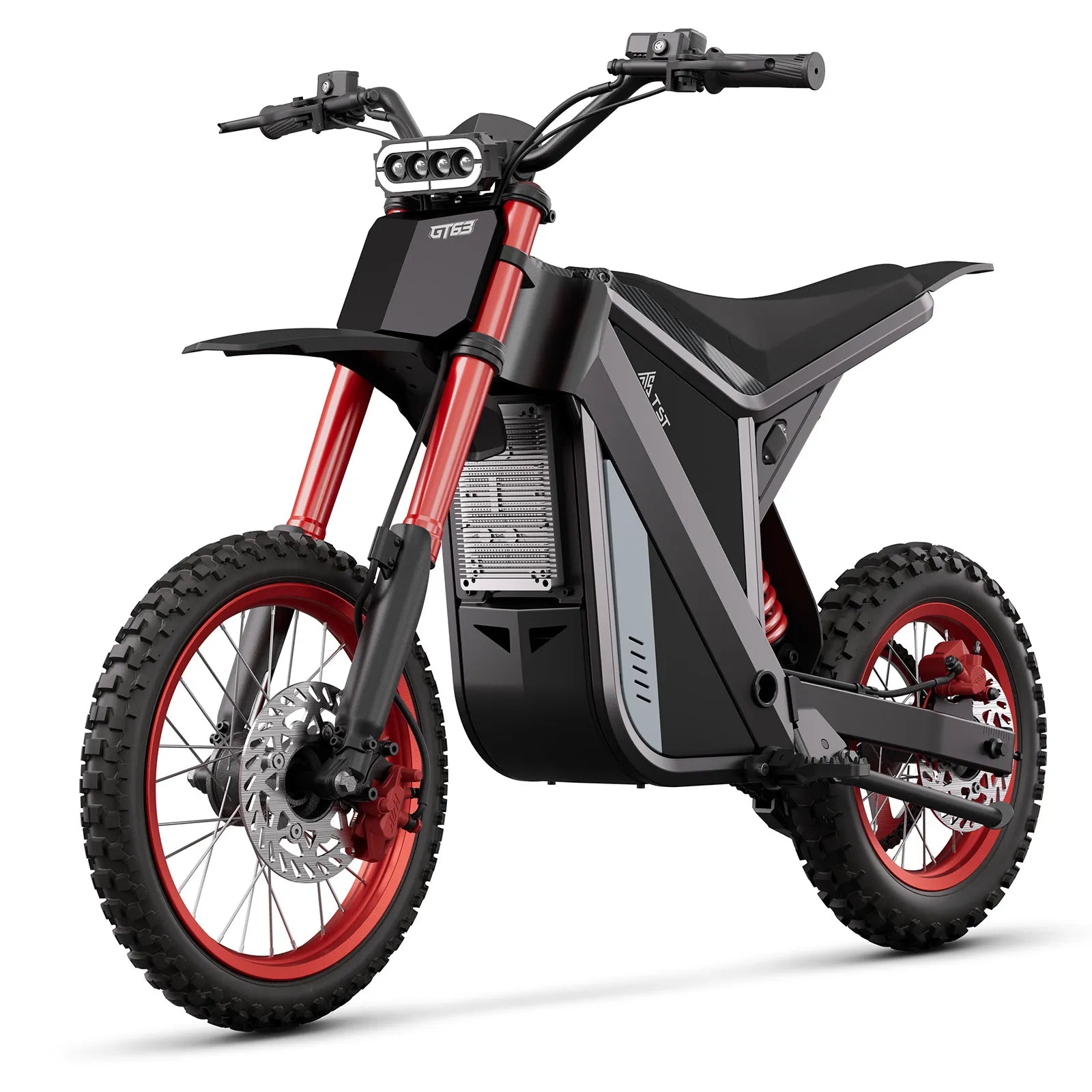



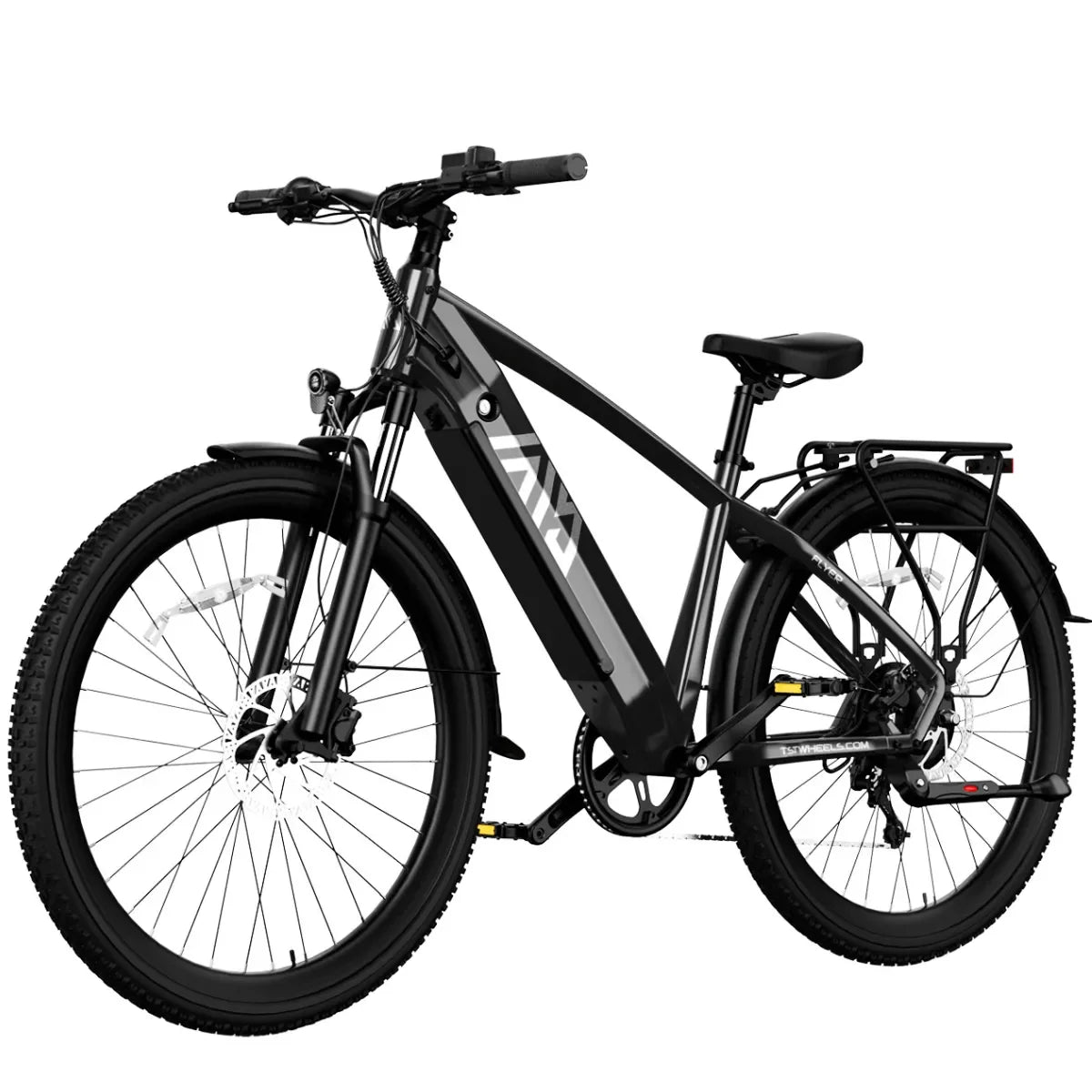

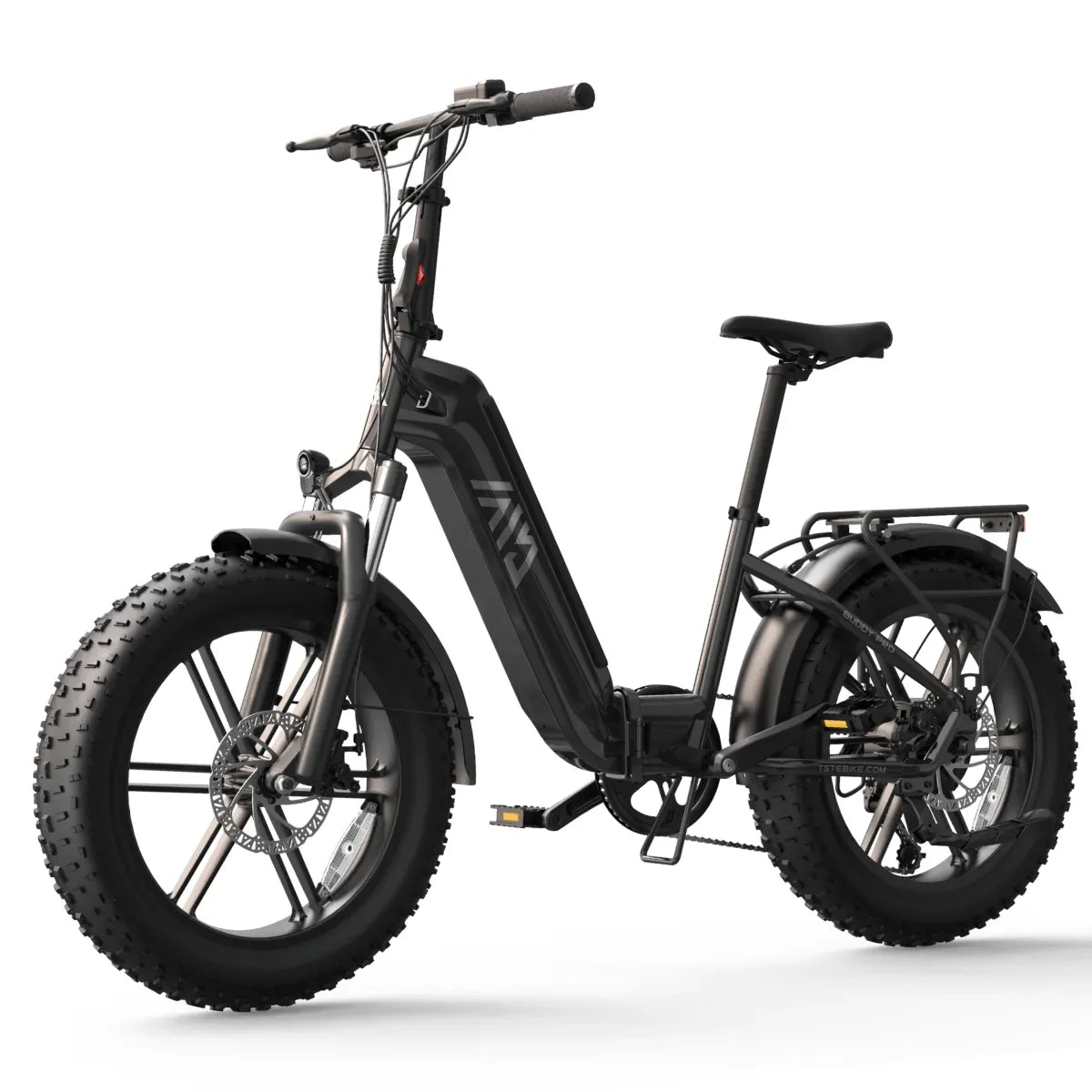
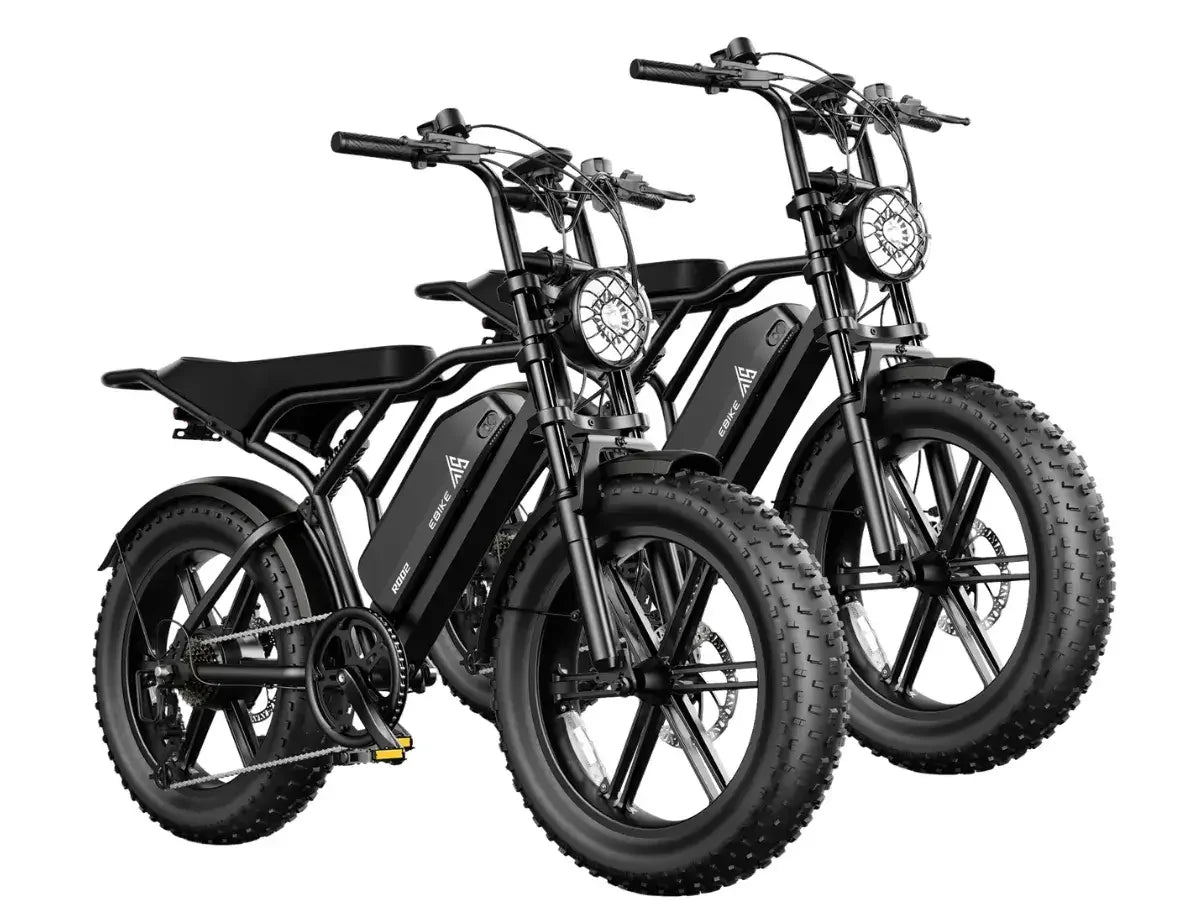
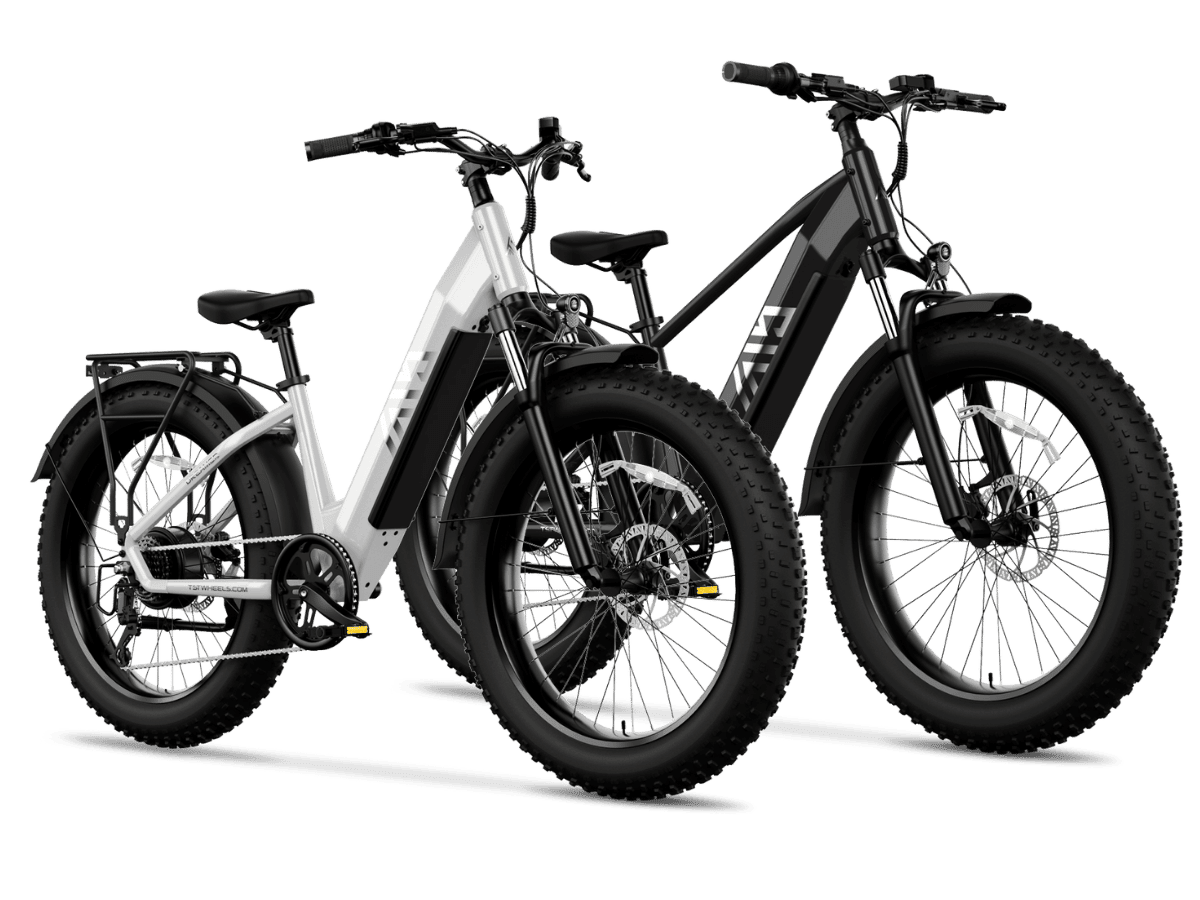
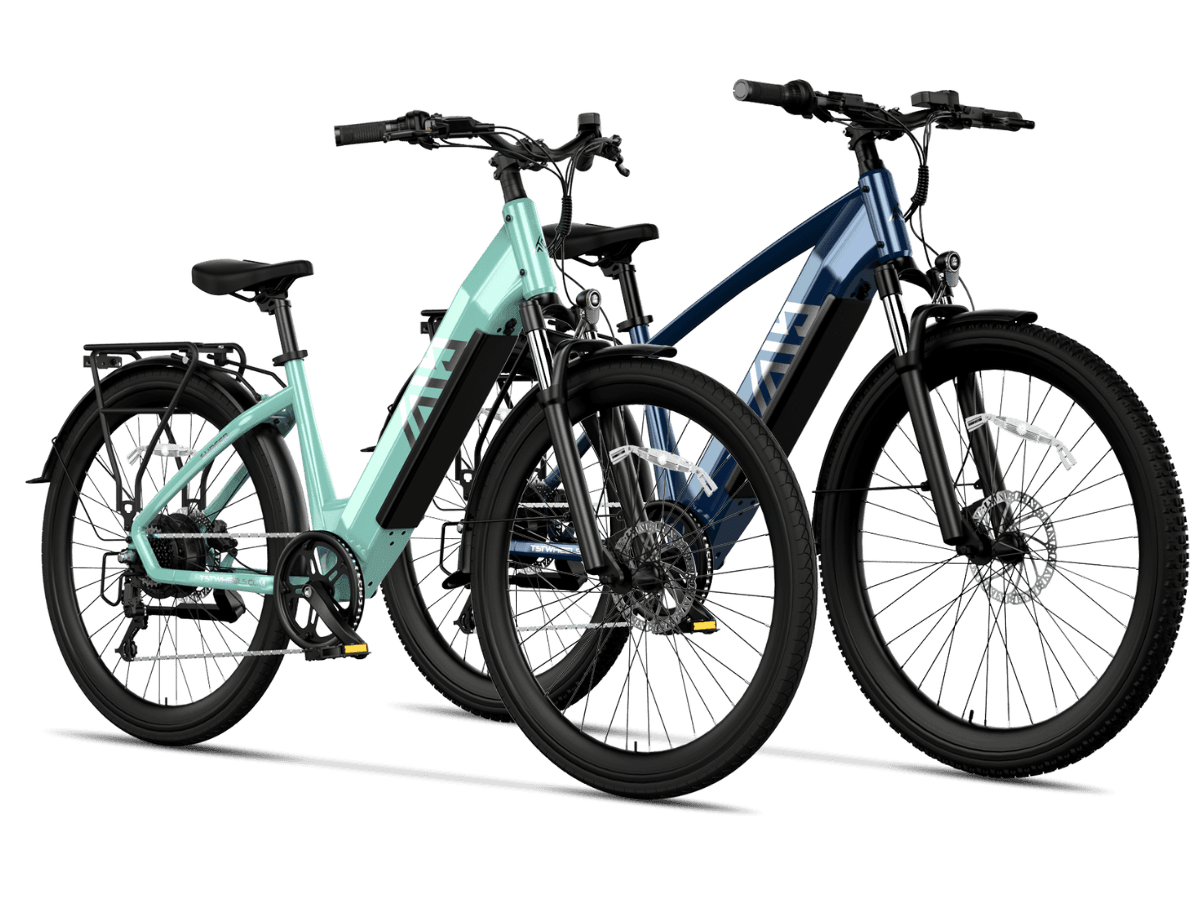
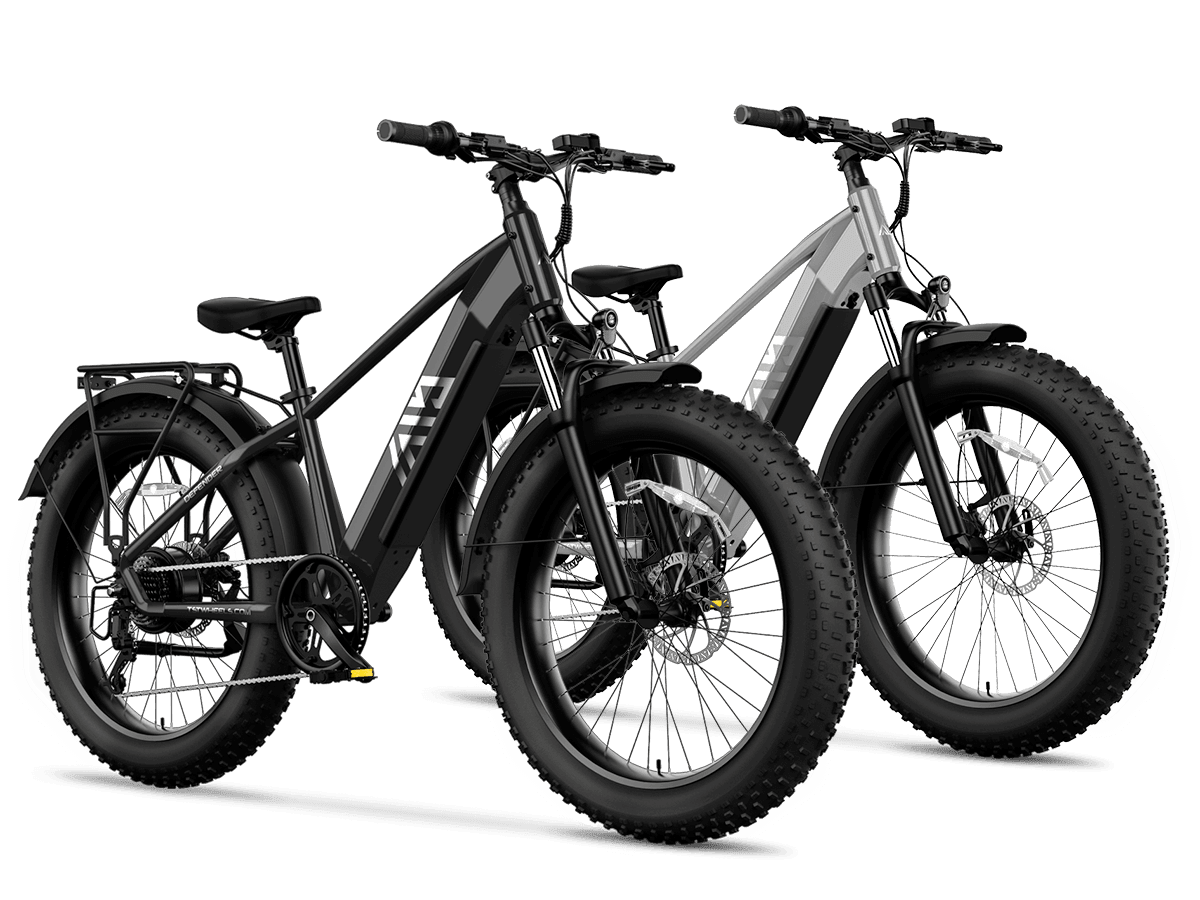
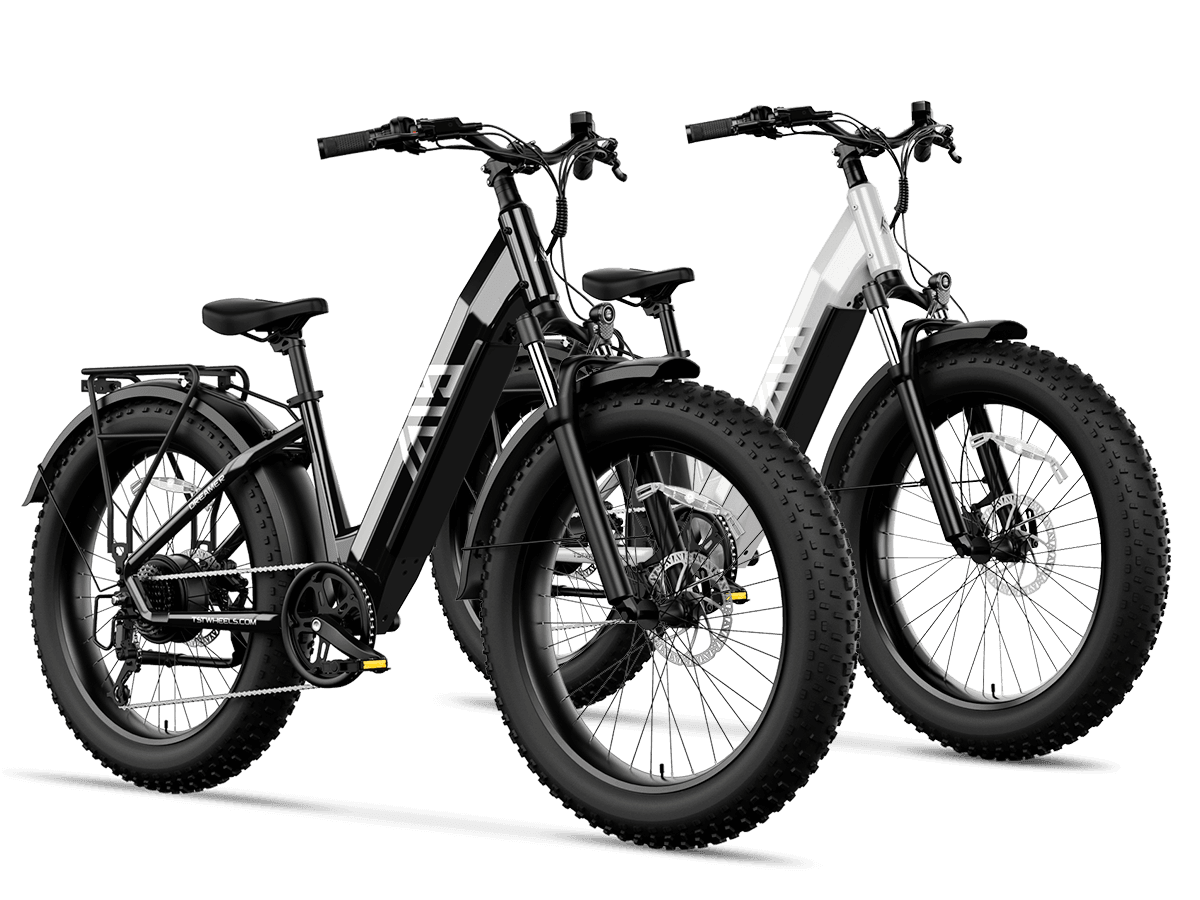
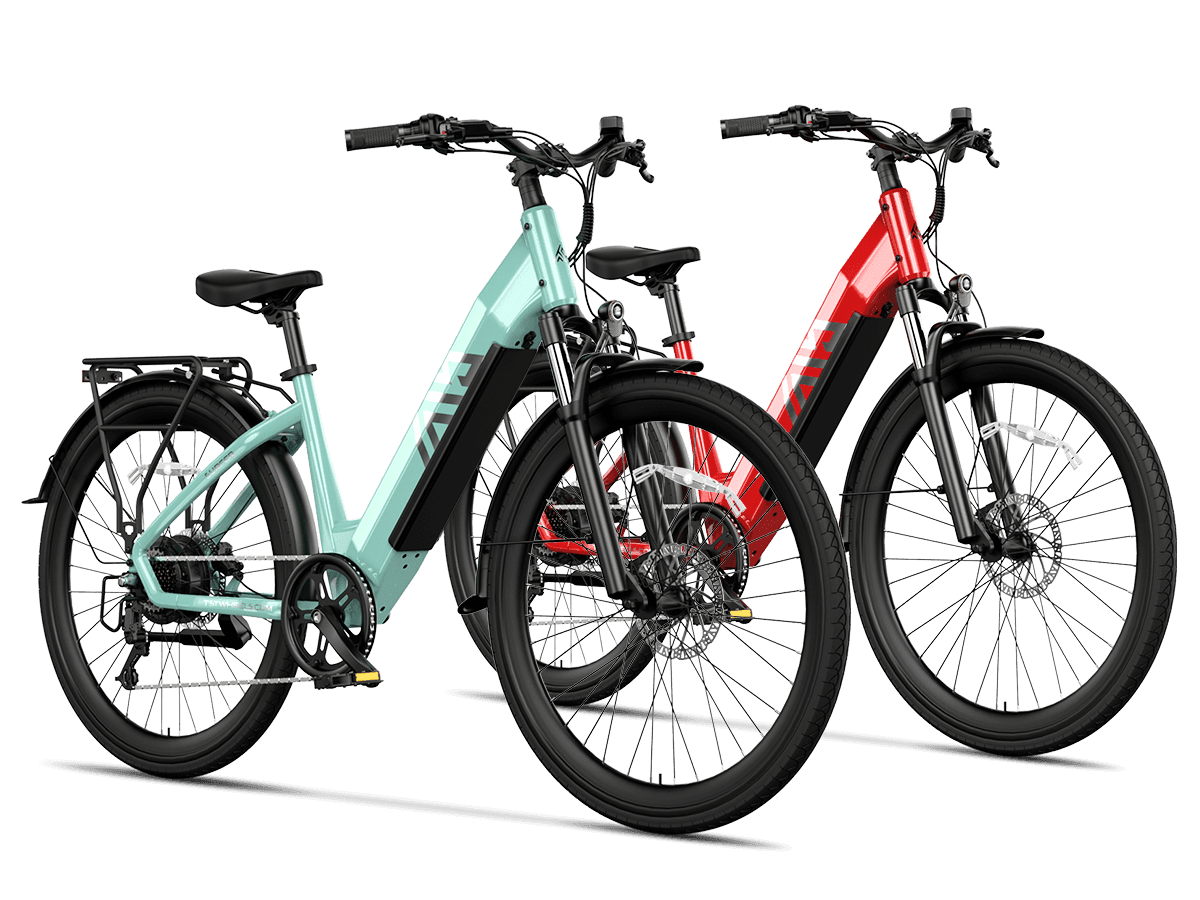
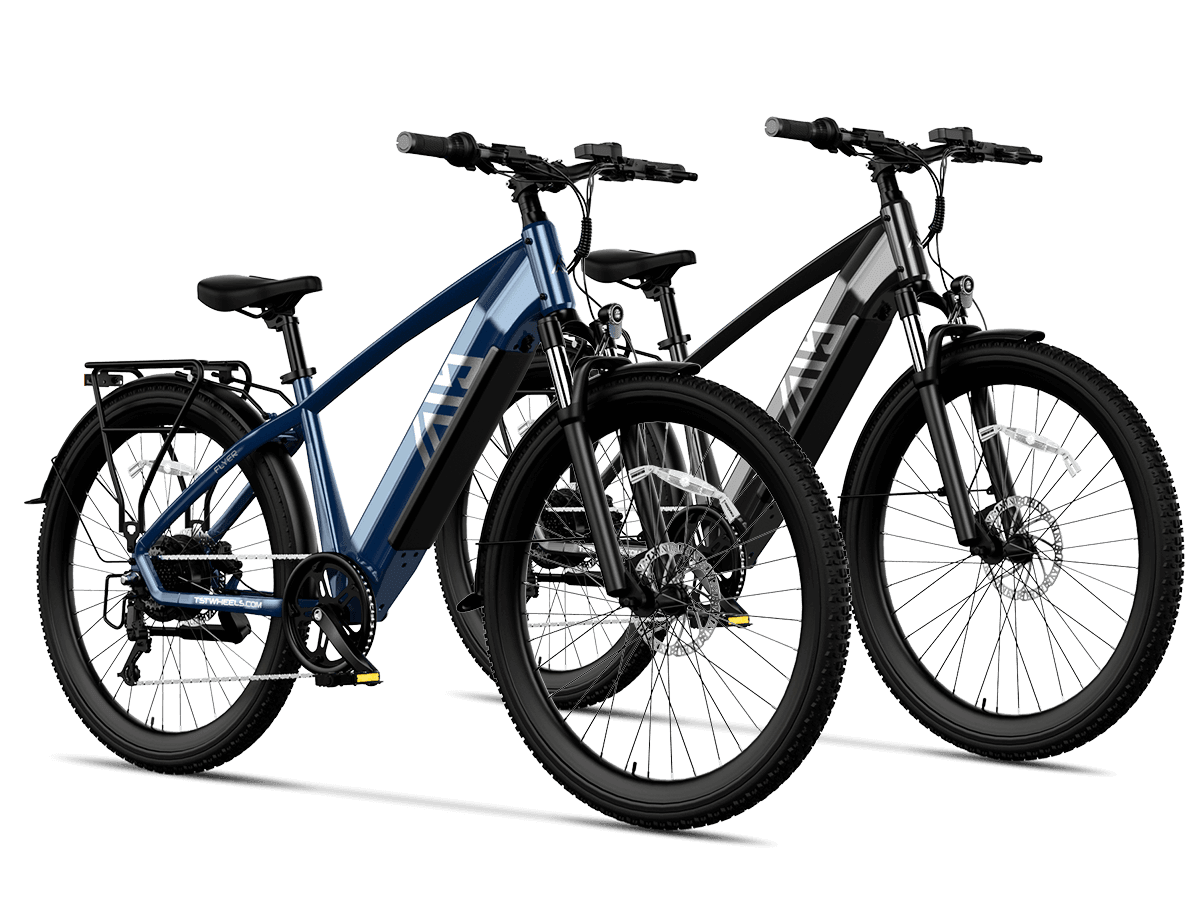
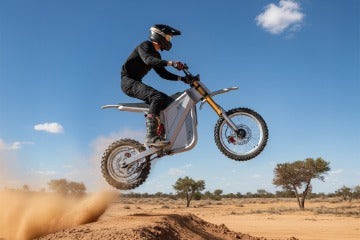
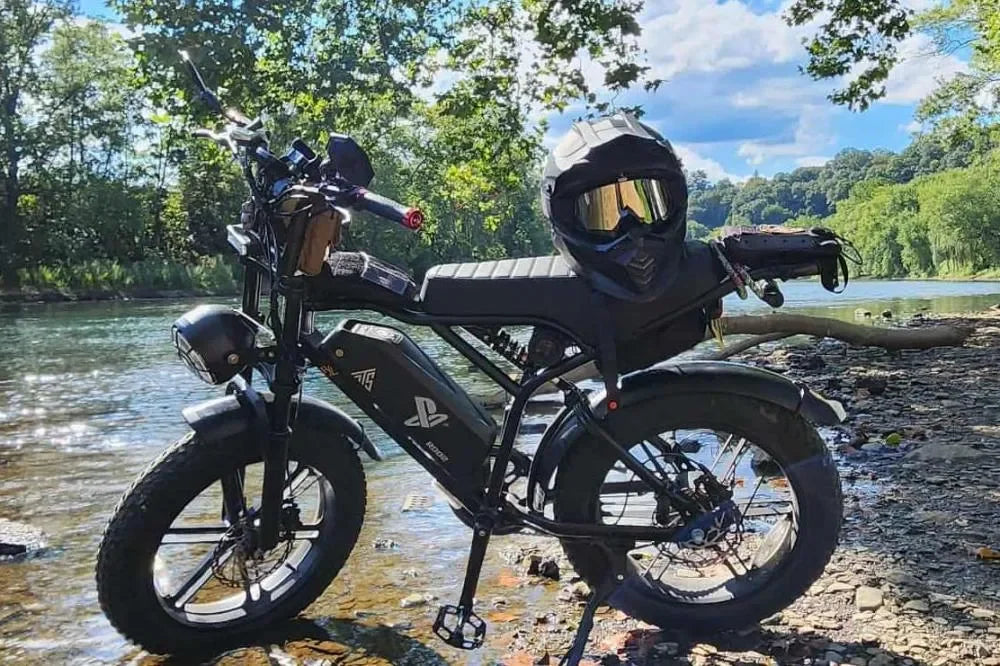


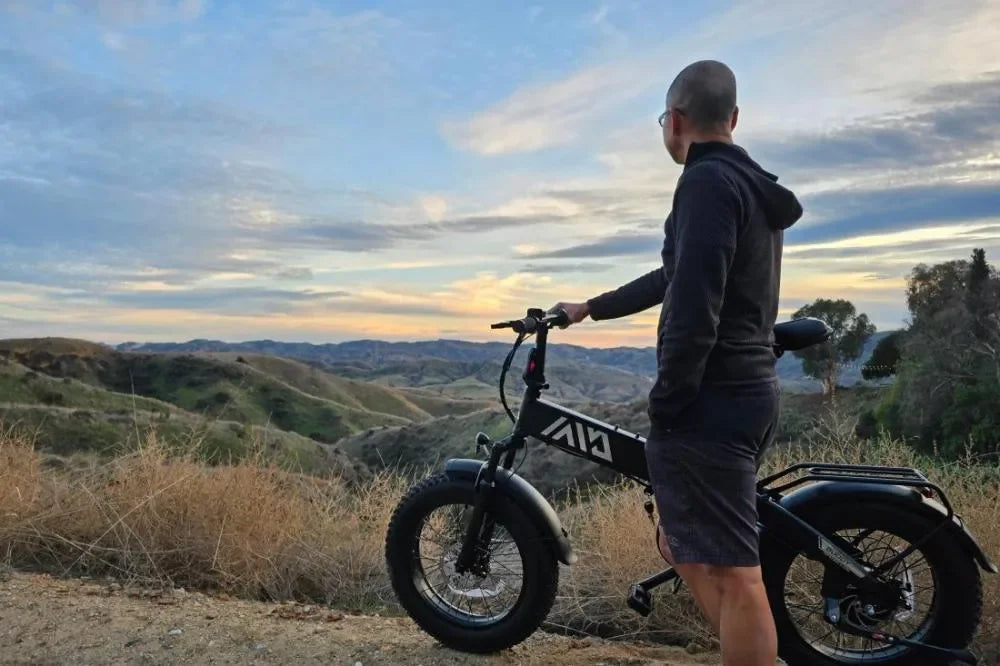
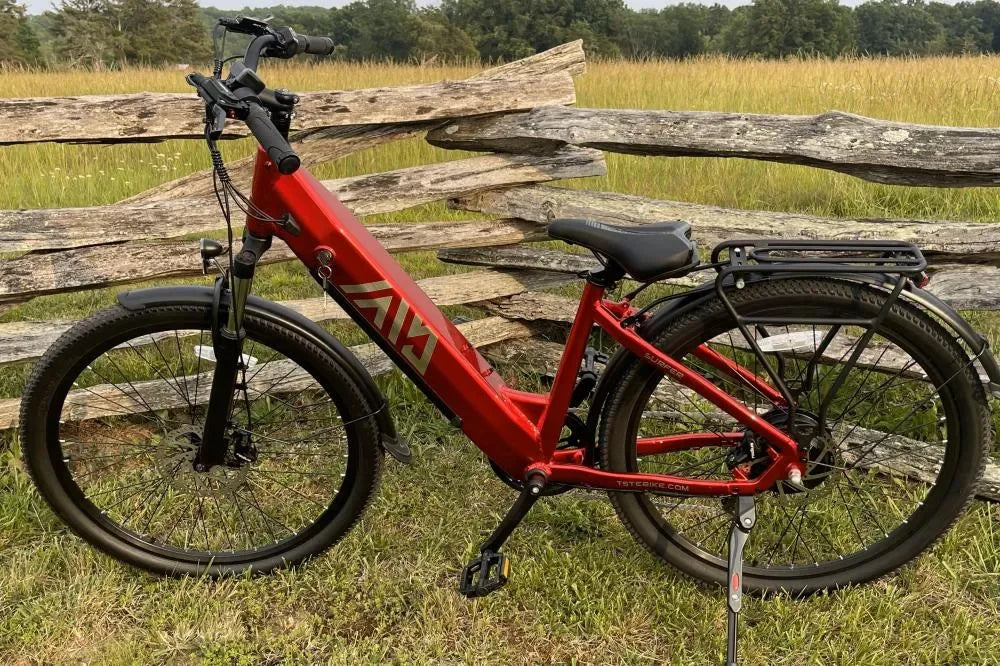
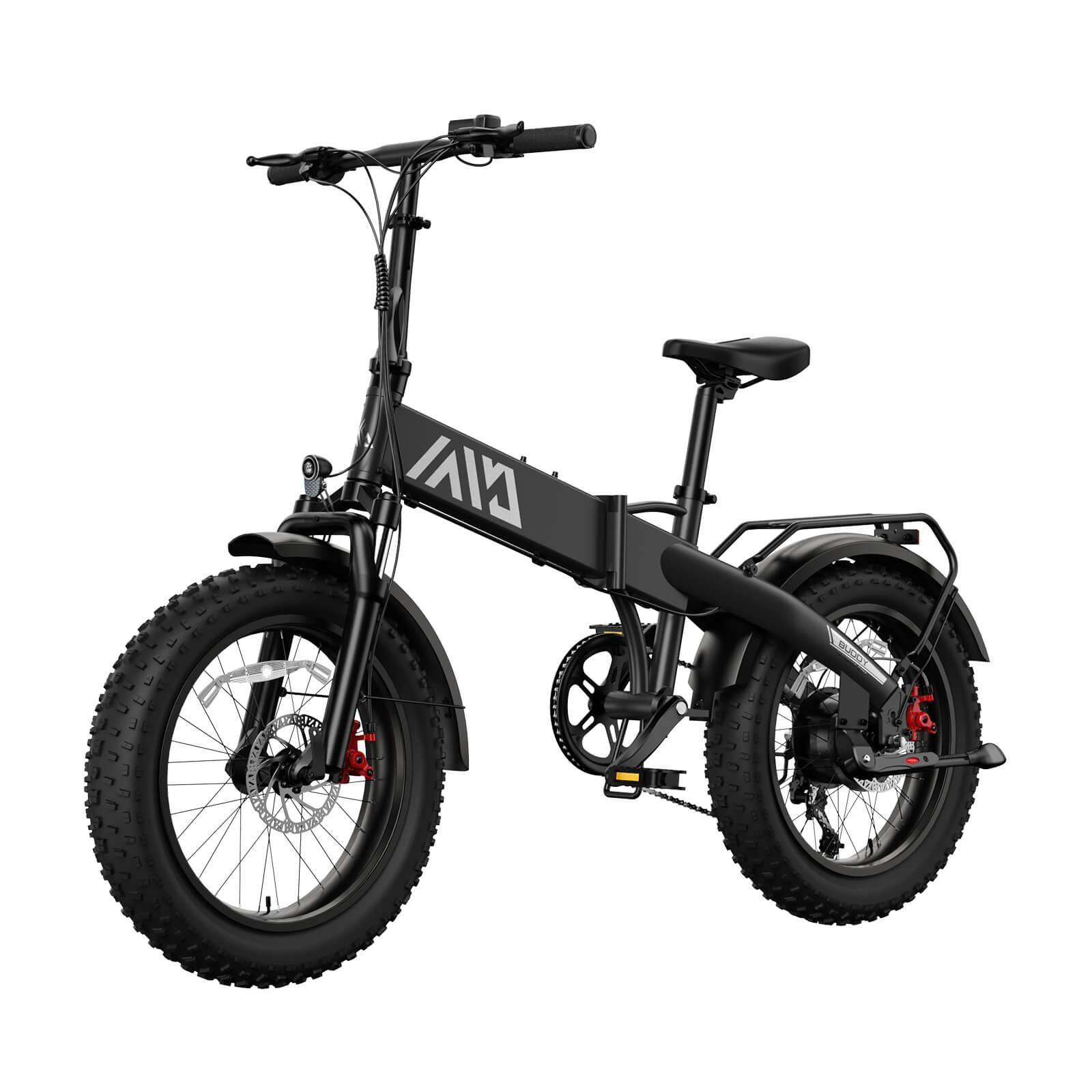
Leave a comment
This site is protected by hCaptcha and the hCaptcha Privacy Policy and Terms of Service apply.